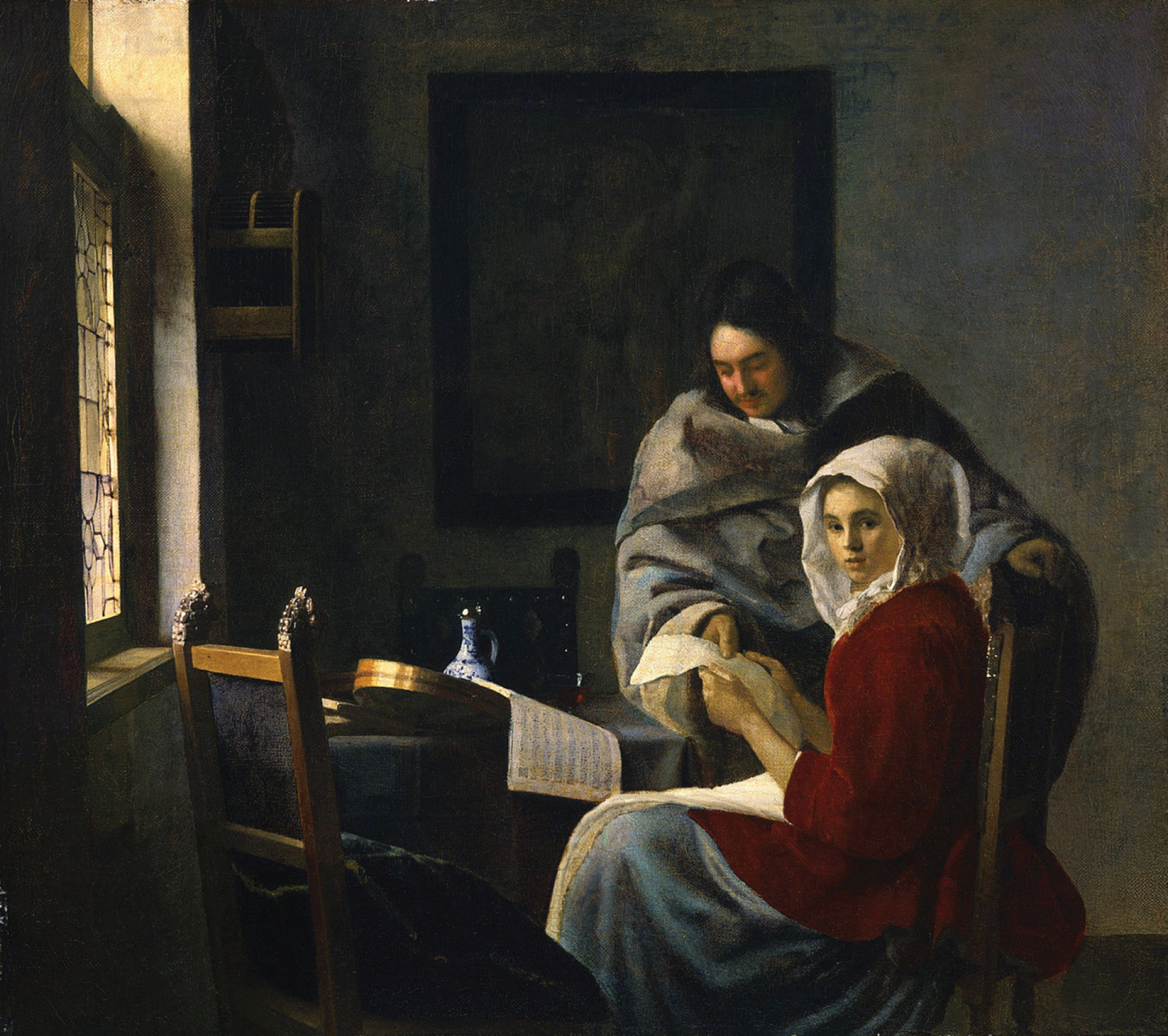
I first read Susanna Kaysen’s memoir Girl, Interrupted in high school, in 2010 or so. I found a copy for 25 cents at a used bookstore, read it, then loaned it to all of my friends. We had all heard of it, but in 2010, Girl, Interrupted was not the popular phenomenon it had been when it was published in 1993 or when the movie adaptation with Winona Ryder and Angelina Jolie was released in 1999. But we devoured the book because we were bored, depressed, and unsure of what the future had to offer us. We were assigned The Bell Jar in school, sure, but Girl, Interrupted was different—it didn’t hide behind the veil of fiction and it didn’t appear on our reading comprehension tests. There was something real and raw about it. Kaysen scrutinized the prism of her depression as if her own mind were worthy of study. My friends and I were also “overwhelmed by existence,” as Kaysen puts it in the introduction to the new edition. It was radical to read the writing of someone who took that feeling seriously.
Girl, Interrupted recounts Kaysen’s two-year stay in McLean Hospital in Belmont, Massachusetts, following a suicide attempt in 1967, when she was eighteen. Her institutionalization was ordered by a psychiatrist who met with her for only thirty minutes. Girl, Interrupted is indeed an artifact of the 1960’s, when her diagnosis of borderline personality disorder was a common one for young women who failed to conform to the standards of femininity. As an analyst says to her, “Freud and his circle thought most people were hysterics, then in the fifties it was psychoneurotics, and lately, everyone’s a borderline personality.” Kaysen’s rebellion against the norms of the midcentury—her desire not to go to college, her ambivalence towards marriage, her so-called promiscuity—mark her as “crazy.” To herself she was perfectly legible: “I saw myself, quite correctly, as unfit for the educational and social systems. But my parents and teachers did not share my self-image.” Kaysen’s self-conception is deeply informed by the 1960s and its counterculture—it is the authority figures around her that cannot accept her.
Upon its original publication, Girl, Interrupted spent 11 weeks on the New York Times bestseller list for hardcovers and 23 weeks for paperback. The movie adaptation remains a cult classic, the film that gave Angelina Jolie her big break. In the mid-nineties, memoir was on the rise. Girl, Interrupted was followed just one year later by Elizabeth Wurtzel’s Prozac Nation, another bestseller later adapted for film. These were breakthrough examples of what would become a major genre of the twenty-first century, running the gamut from self-help to comics to acclaimed literary works: the mental illness memoir. Self-absorption is a pitfall of memoir in general, one even harder to avoid when the subject is not only one’s life but one’s psyche. The experience of depression, which blots out everything but the sufferer’s pain, can read as narcissism. Wurtzel’s original title for Prozac Nation was I Hate Myself and I Want to Die, which her editor changed to reflect the generational context of modern, over-medicated anomie in which Wurtzel ultimately situates her own story. Still, this did not deflect the critical charges of myopia and exhibitionism which tales of depressed and relatively privileged women almost always elicit.

How does an author make her own senseless pain make sense to readers? Girl, Interrupted looks outward to the audience and also to Kaysen’s fellow inmates. In the introduction to this edition, Kaysen calls the book her “own village study,” an anthropological analysis of a “small, self-contained place.” We get to see the customs and hierarchies of McLean as Kaysen recounts the stories of her friends and floormates. The anecdotes which compose the book, sometimes fun or funny, sometimes bleak, introduce us to, among others: Lisa, proud of her rare diagnosis as a sociopath; Georgina, Kaysen’s roommate who went mad during her junior year at Vassar; Daisy, who hoards laxatives and chicken carcasses; and Valerie, the head nurse on the floor who commands attention and occasionally respect.
Written in vignette style, Girl, Interrupted is peppered with artifacts from Kaysen’s time in McLean: letters, intake forms, doctor’s notes, applications. In these documents, we can see a different version of what we read. The differences between the records and Kaysen’s experience are stark: in one chapter called “Do You Believe Him or Me,” Kaysen writes of the meeting that got her institutionalized that “That doctor says he interviewed me for three hours. I say it was twenty minutes.” The time stamps on the McLean intake forms at first seem to confirm the psychiatrist’s account. Kaysen confronts the reader: “But now you believe him. Don’t be so quick. I have more evidence.” She finds another record, the admission form, that is time-stamped eleven thirty. Kaysen takes us through it, “subtracting the half hour waiting to be admitted and wading through bureaucracy takes us to eleven o’clock. Subtracting the half-hour taxi ride takes us to ten-thirty. Subtracting the hour I waited while the doctor made phone calls takes us to nine-thirty. Assuming my departure from home at eight o’clock for a nine o’clock appointment results in a half-hour interview.” The chapter encloses these forms, proof of her version of the story. Kaysen has the last word: “Now you believe me.”
The documents raise important questions about the nature of both memoir and memory. These artifacts don’t always confirm the accuracy of Kaysen’s story. The found quality of these forms allows the “official,” medical narrative to both contradict and coexist with Kaysen’s own. This tension leaves us with gaps and silences, many of which are never resolved.
Time—the losing of it—obsesses Kaysen.
In the introduction to this edition, Kaysen writes that one explanation of the book’s popularity was “there was enough blank space in it for people to insert themselves.” And the book acknowledges this need. The very first lines read: “People ask, How did you get in there? What they really want to know is if they are likely to end up in there as well.” These days, in America, you can no longer be involuntarily committed to a psychiatric institution for two years after a thirty-minute intake session. And yet readers, it seems, can still project themselves into Kaysen’s story. The blank spaces allow me to recognize my own most intensely misunderstood thoughts.
You could read Girl, Interrupted in one sitting, though it describes two years of hospitalization. The vignette structure suggests that which is not described: the hundreds of unremarkable days spent watching TV and sitting around. Time slips by, meaningless. And time—the losing of it—obsesses Kaysen. When she goes under anesthesia for a wisdom tooth extraction, she becomes fixated on learning how many hours she has lost. When no one will answer her, she yells, “It’s my time and I need to know how much it was.”
The book’s title suggests indefinite time lost: a youth that slides away unaccounted for. We learn that the title refers to a Vermeer painting, Girl Interrupted at Her Music, housed at the Frick, and that Kaysen saw the painting with her high school English teacher, whom she slept with. The psychiatrist at McLean tries to get her to analyze this relationship, but she refuses to make her crisis fit a neat narrative about spoiled innocence. (The movie adaptation has no such qualms: it imagines an ice cream parlor confrontation between Kaysen and the English teacher’s wife). Under “reasons for referral” on her form, the doctor’s handwriting reads, “might kill self or get pregnant.” Kaysen’s relationships with men mark her as unfit for the world. She is not useful or domestic and she does not work well as a secretary; she is annoyed that only the men are allowed to smoke indoors. Ultimately, it isn’t a job that gets her out of McLean: “Luckily, I got a marriage proposal and they let me out. In 1968, everybody could understand a marriage proposal.” Her impending role as a wife makes her finally legible to the doctors and the world.
The world is different now, but the inner questions are no less resonant. In the end Kaysen is able to perform what is expected of her. She proves to be someone who can “get up every morning and take showers and put on clothes,” someone who can “not say crazy things” when they occur to her. But as she reflects, a once-institutionalized person who can act “normal” “raises the uncomfortable question, What’s the difference between that person and me?” We read Girl, Interrupted not to understand Kaysen but to better understand ourselves. To find out, as she puts it, “What’s keeping me out of the loony bin?”

